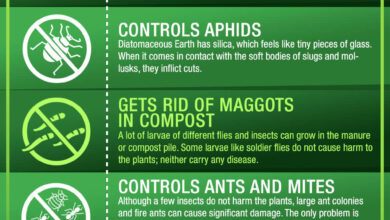How to Grow Watercress Step by Step: Everything you need to know
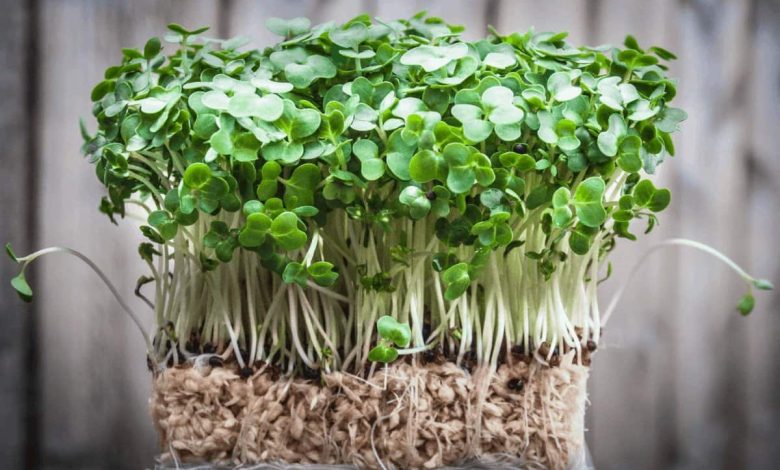
Hello to all agrohuerters:-). In today’s article we are going to learn how to grow watercress step by step in our gardens.
To do this, we will see the different cultivation tasks that we have to carry out from planting to harvesting watercress. We will also see what the benefits of watercress are and some recipes with watercress that are delicious and are also very healthy.
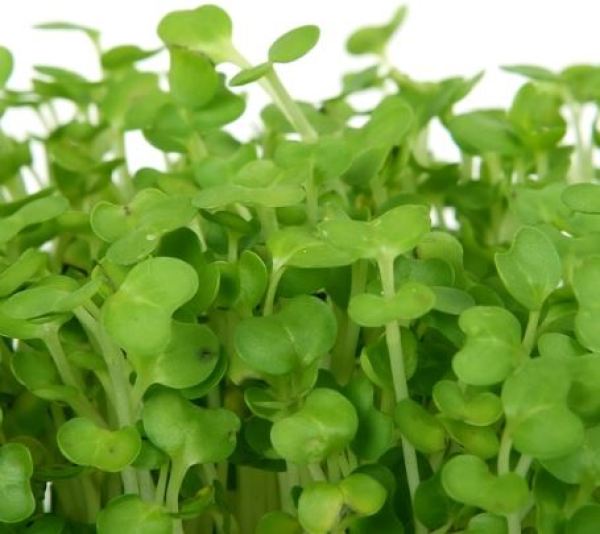
What are watercress?
Before delving into how to grow watercress, let’s see what we mean when we talk about watercress.
Its scientific name is Nasturtium officinale but it is also commonly known as watercress, agrón or watercress. It belongs to the Brassicaceae family.
Watercress is a plant that grows spontaneously near streams, places with stagnant water or swamps (it is therefore said that watercress is an aquatic or semi-aquatic plant), which is why in ancient times it was considered a weed.
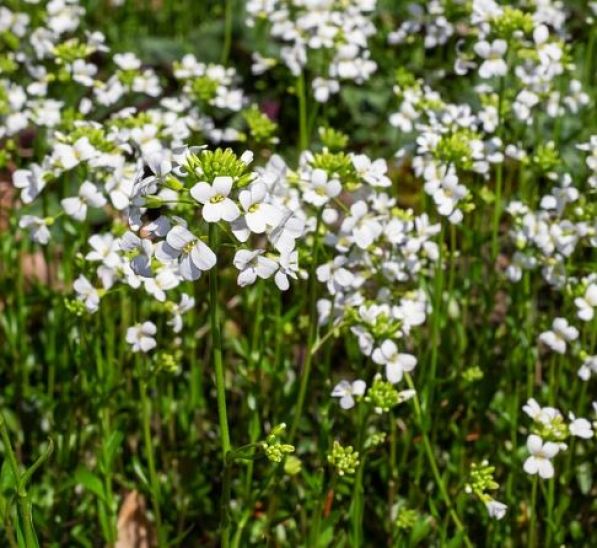
GROW WATERCRESS STEP BY STEP
Once we know what watercress is, we will see step by step how to grow watercress. We will talk about the planting of watercress, the pests and diseases that can attack them or the care of these plants, until we reach the end of the story… the watercress harvest!
Let’s start!
1. Watercress sowing: Where and when to sow?
When to sow watercress?
It is recommended to sow watercress in spring (late February or early March).
Where to get watercress seeds?
Watercress seeds can be found at specialty garden stores or online. These seeds will be placed about half an inch deep planting (1-1.5 cm).
Where to plant watercress?
As we have mentioned before, watercress are plants that need to grow in places where there is water. That is, they constantly need the presence of water. However, we must be careful that animals such as cows or sheep do not drink this water, since they can transmit diseases.
Therefore, we have 2 possibilities when deciding where to plant watercress:
- Plant watercress in the most humid places in the garden.
- Plant watercress in pots: place a bowl of water under the pot.
Another possibility is to buy fresh watercress and put it in a plastic bag (with holes) with soil. Put that bag in a pot and under the pot put a bowl of water.
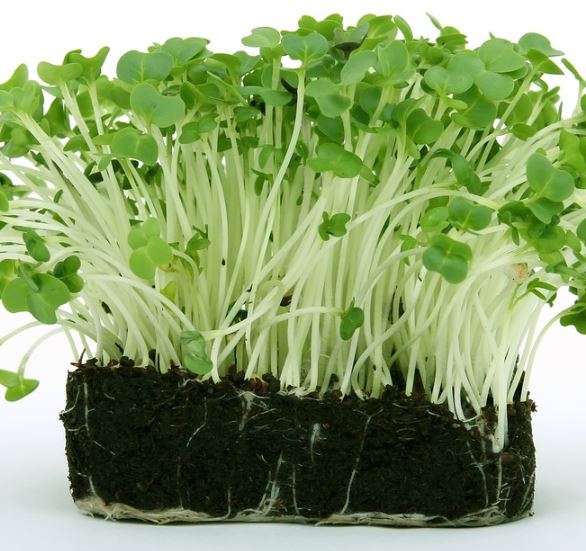
2. Watercress care
Clay soils, rich in humus, are recommended for growing watercress. With a depth of about 15 centimeters.
The best are the shady places so that they do not get too much light.
As we have said before, watercress needs a lot of water, so the irrigation will be abundant, always keeping the area very humid.
Also, if the plants bloom you should cut the flowers before harvesting.
3. Watercress harvest
The watercress harvest will take place after approximately 2 months. When the plants are about 15 centimeters. At the time of harvesting, lateral shoots should be removed.
To avoid damaging the roots, the cut will be made about 5 centimeters.
Once we have harvested the watercress, it is recommended to wash them with cold water and consume them immediately. On the contrary, if we want to use them later, we wait for them to dry and put them in the refrigerator.
4. Pests and diseases of watercress
As in other crops, we cannot forget about watercress pests and diseases. Therefore, next, we are going to see if there is any plague or disease to which we must pay special attention.
Especially the snails and the watercress vaquita are the most important pests.
Snails
Snails are herbivorous molluscs that like humidity and bite the leaves of plants. If we observe a bright trail on the leaves, we can detect its presence.
They can affect both the leaves and the fruits of almost all plants.Especially the tender leaves of chard, basil, spinach, lettuce, oregano, etc.
Here I leave you an article on how to eliminate snails and slugs from the garden.
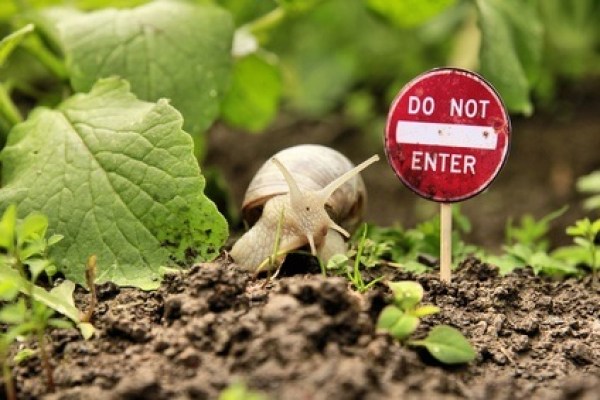
The watercress cow
Apart from snails, there is another watercress pest that can appear when growing this vegetable. It is known as “the watercress vaquita”.
It is a tiny, black insect of the Coleoptera («beetle») family that eats young leaves. If the plague is strong it can cause great damage.
Benefits of watercress
Once we have learned how to grow watercress, we are going to see what its benefits are and what recipes we can make with them.
There are many beneficial properties of watercress; Of all of them, the following stand out:
- Rich in calcium, so they reinforce our bone system
- Purifying and diuretic properties
- Antioxidants like beta-carotene
- Vitamin C and Vitamin K
- Plus, it’s low in calories.
Cooking recipes with watercress
After seeing what their benefits are, we are going to see what recipes we can make with them. From some simpler to more complex. For all levels of blog chefs!
- The simplest thing is to consume them in a salad together with other ingredients such as lettuce, escarole,… and a good dressing.
- They are also very rich in sandwiches or sandwiches.
- As an accompaniment to meat and fish dishes.
- Watercress cream: We need watercress, potatoes, leeks, garlic, chicken broth, olive oil, salt, pepper and liquid cream. In the frying pan, fry the potatoes and leeks. Then add the chopped garlic and watercress. Then add the chicken broth and let it cook for about 20 minutes. After that time, put everything in the blender until there is a creamy texture. A little liquid cream is added and the blender is passed again. And it would be!

I also leave you here the link of some articles of other spring crops:
References
- Ministry of Agriculture, Fisheries and Food. (2013). Watercress cultivation.
- Ministry of Agriculture, Fisheries and Food.Organic farming, statistics 2016.
- Brito, R., Pereyra, E., Sarica, C. (2018).Well trajectory effect on slug flow development. Journal of Petroleum Science and Engineering. 167, 366-374.
That is all for today! I hope you liked the article on how to grow watercress in the garden, and do not hesitate to leave us your experiences or doubts in the comments. See you in the next article.
Have a nice day!

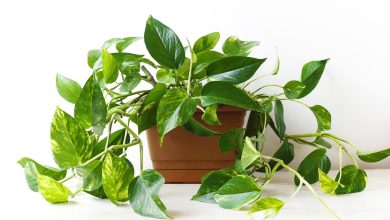
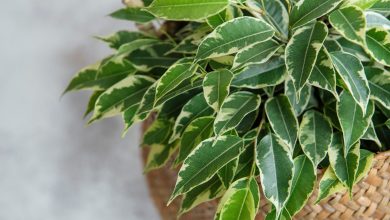
![Photo of Polygala Myrtifolia: [Crop, Irrigation, Associations, Pests and Diseases]](https://www.complete-gardening.com/wp-content/uploads/2021/06/Polygala-myrtifolia-390x220.jpg)
